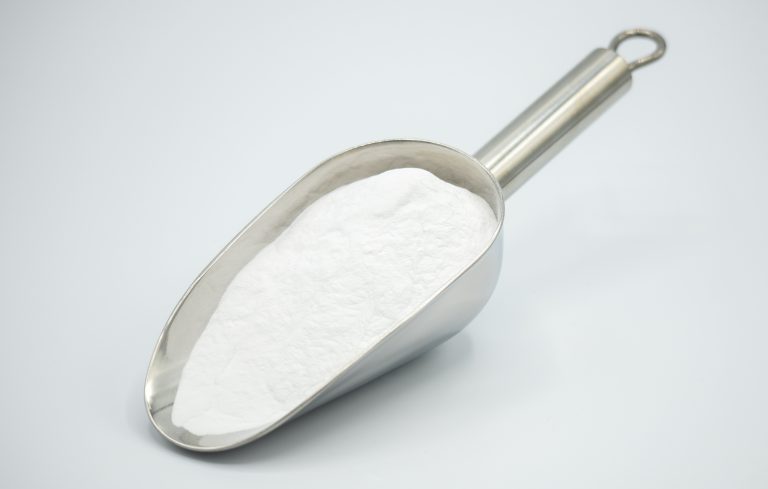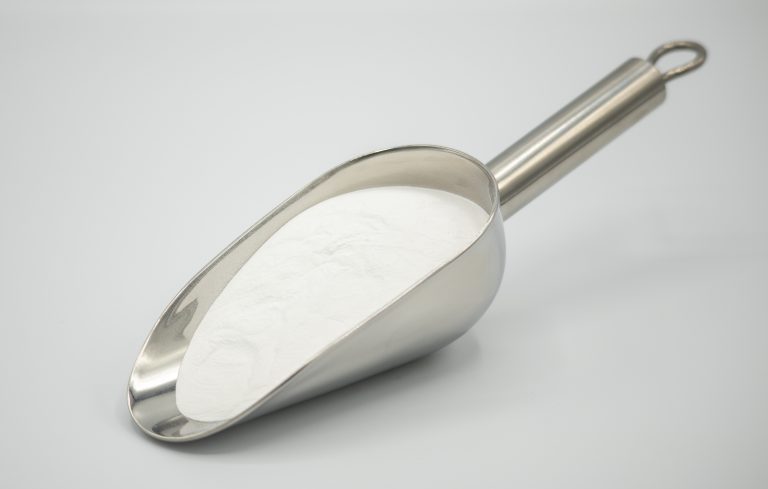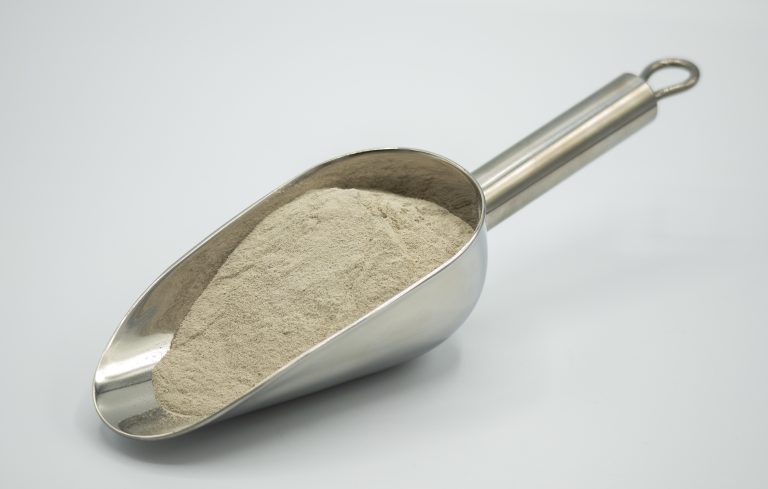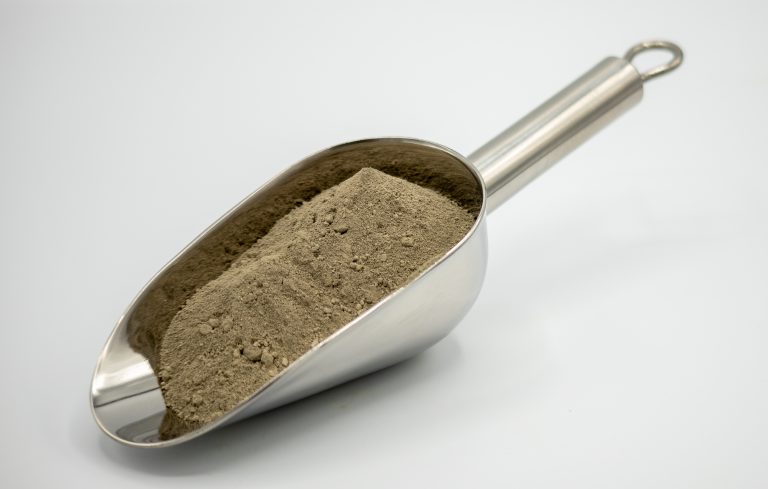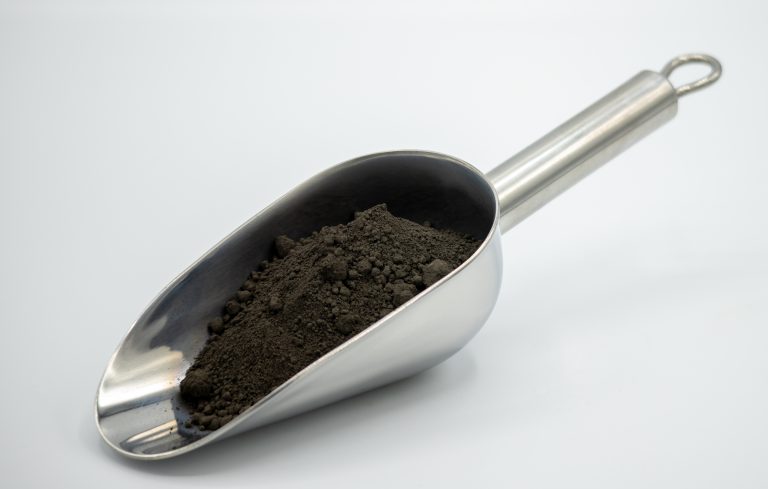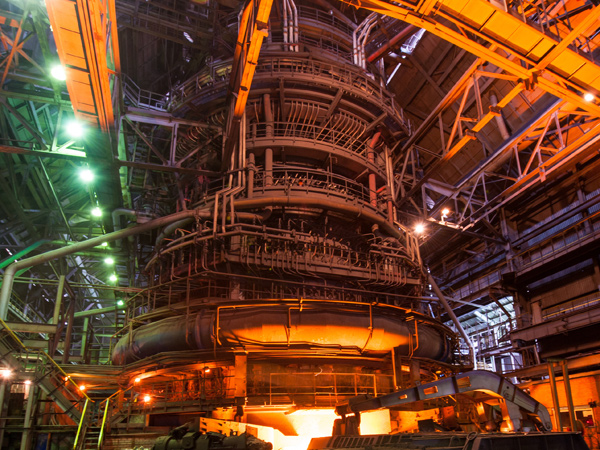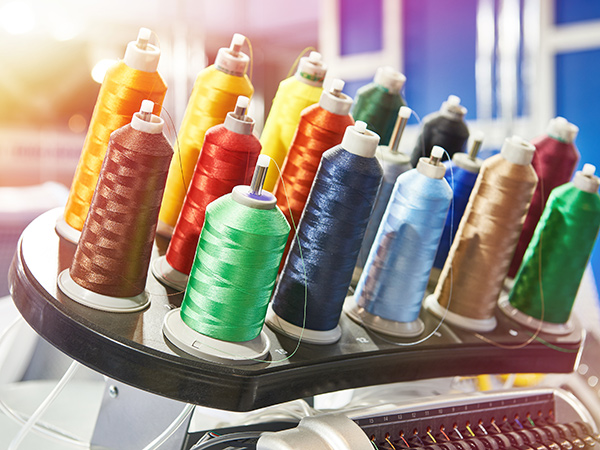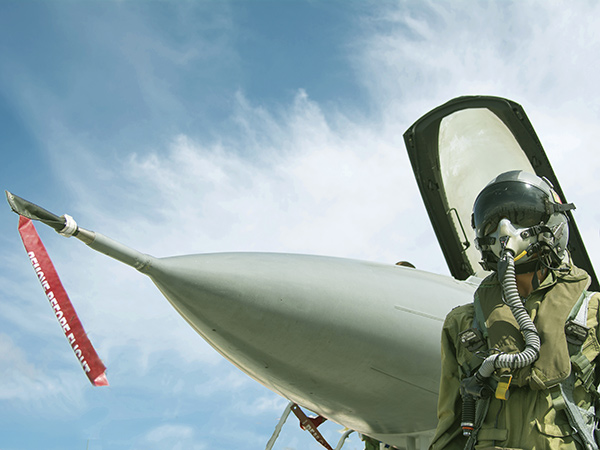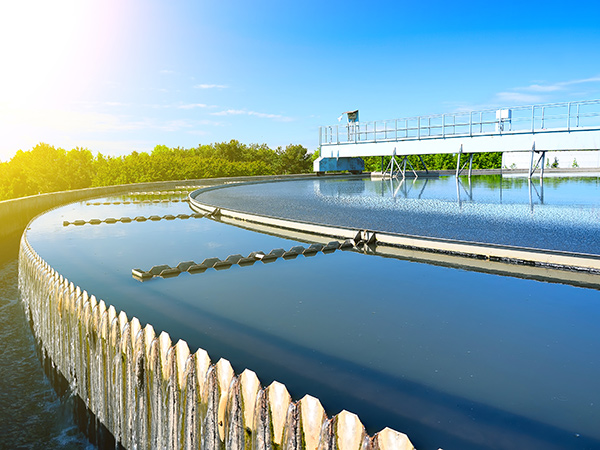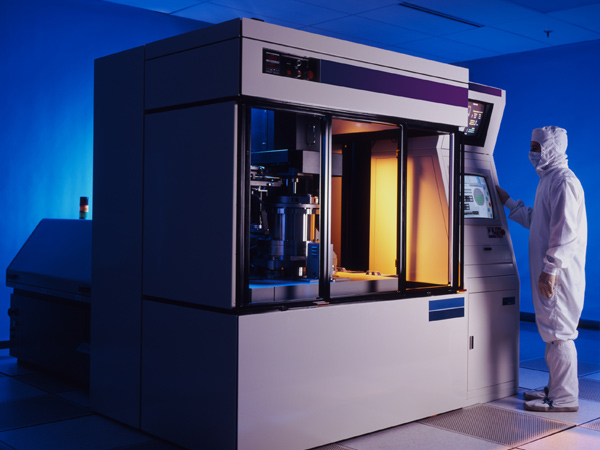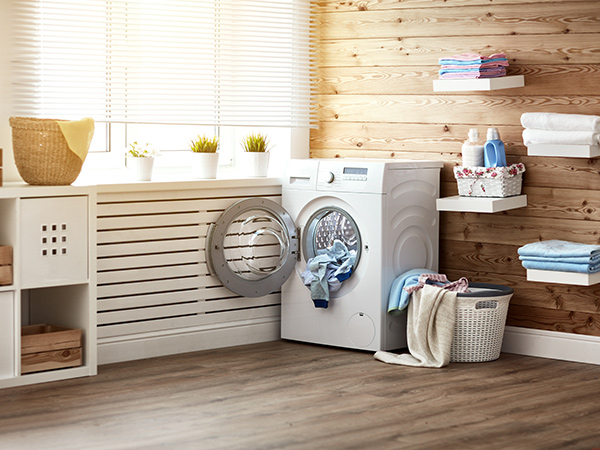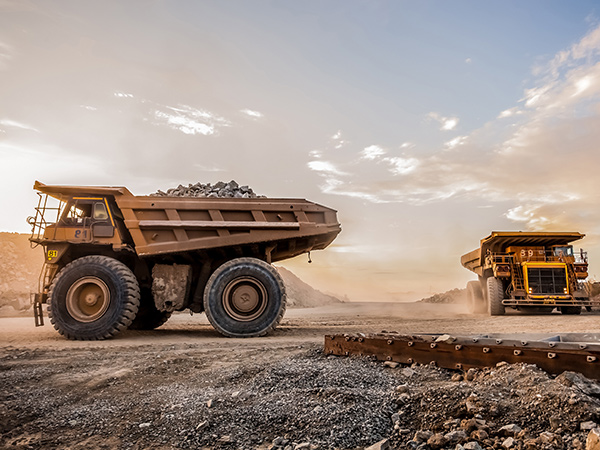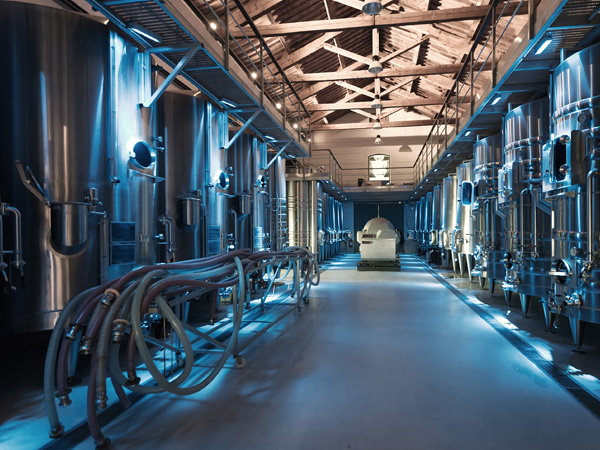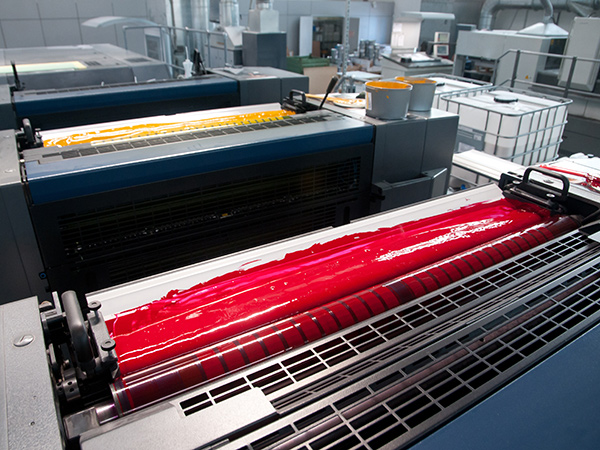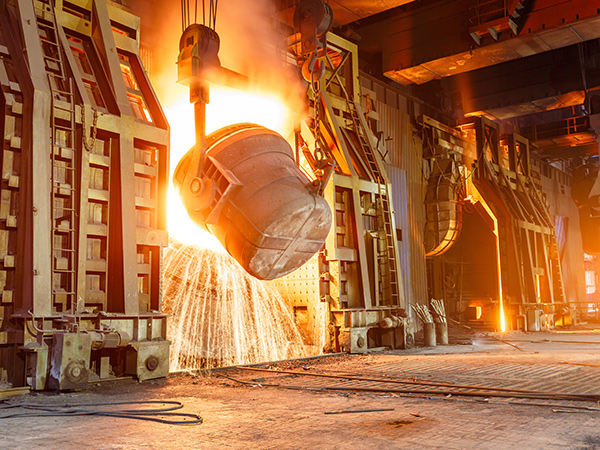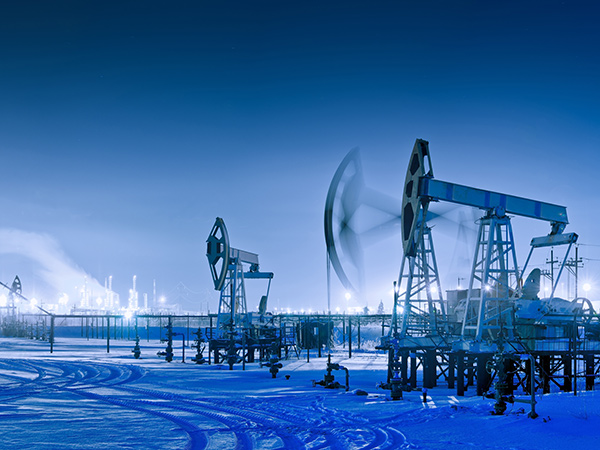Wear Resistance
Good wear protection makes an important contribution to increasing the service life of machines, to saving costs and preventing production losses. On the material side, the hardness and the abrasion properties are particularly important compared to rubbing, impacting or scratching stress [Foc14]. The fact that locally extremely high pressures and temperatures occur on the surfaces of a body for a short time represents a major challenge for materials science [Axe01].

IKH PRODUCTS USED FOR THIS INDUSTRY
Alumina (Al2O3)
Due to its excellent price-performance ratio, alumina (Al2O3) ceramics are predestined for many technical applications and the most widely used oxide ceramic material [KOL18]. Its low costs are due to the high availability of aluminum (3rd most common element in the earth’s crust) and the costeffective preparation and sintering processes.
Zirconia (ZrO2)
Ceramics made from zirconia (ZrO2), occupy a special position among engineering ceramics due to their exceptional mechanical properties. For example, some zirconium oxide ceramics exhibit extremely high flexural strength and fracture toughness previously considered as unattainable for ceramics.
Silicon Nitride (Si3N4)
Silicon nitride is a light gray to black ceramic, which is used in high-temperature technology in particular because of its good mechanical properties up to 1800°C. Silicon nitride ceramics are characterized by a low density, high fracture toughness, low coefficient of friction and very good thermal shock resistance.
Silicon Carbide (SiC)
The annual production of silicon carbide (SiC) exceeds 800,000 t, making it by far the most used non-oxide ceramic. In the past it has been used almost exclusively as an abrasive material, which still accounts for a major part of its usage. The development of new processes for the production of dense components with favourable mechanical properties enabled new fields of application.
Boron Carbide (B4C)
Boron carbide is one of the hardest known materials being only second to diamond. Its composition ranges from B4.3C to B10.4C. Technical boron carbide usually has a high carbon content and is labelled B4C, for convenience. Due to its high hardness and Young’s modulus it is very resistant against abrasion and thus used in blast or spray nozzles and as an abrasive.



